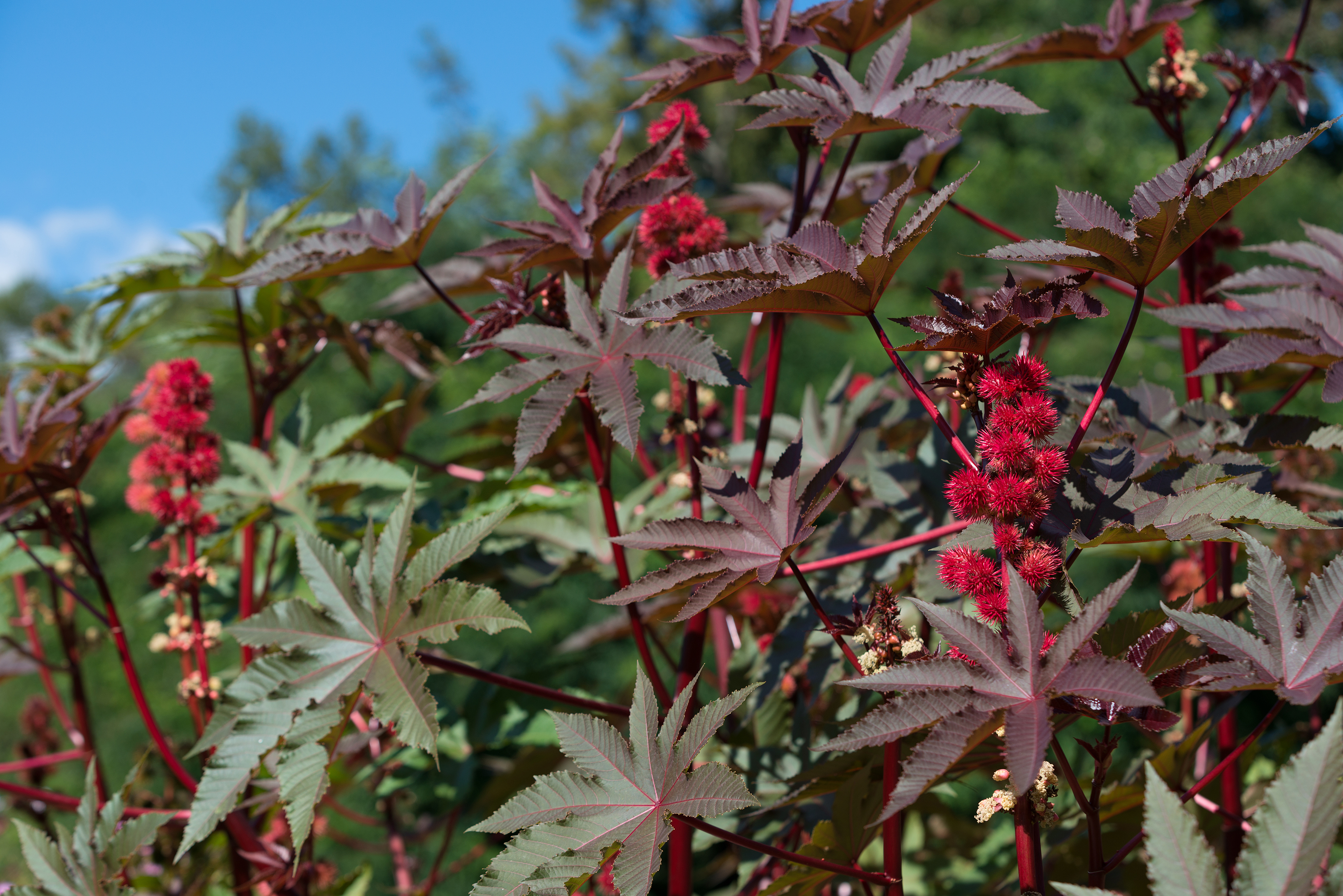6,000 times more poisonous than cyanide. There is no antidote. Poles plant it in their gardens.

 This is the most dangerous plant in the world - castor bean
This is the most dangerous plant in the world - castor bean- The University of Warsaw Botanical Garden reminded that castor bean seeds contain a toxic substance that is six thousand times more potent than cyanide, and a lethal dose of more than 2 mg/kg is considered ricin.
- Fever, muscle pain, nausea, vomiting, dehydration - these are some of the most common symptoms of castor bean poisoning
- The plant has large, red leaves that can reach up to 10 cm in diameter. It is often planted in gardens and parks.
According to rynekzdrowia.pl, castor bean (Ricinus communis) is a species of plant in the Euphorbia family. It is also known as castor bean or common tick beetle.
The common castor beetle likely originated in Northeast Africa and the Middle East. It can reach heights of up to four meters. It's worth noting that castor oil is extracted from the castor bean plant, which is used for various ailments and is widely used in the cosmetics industry.
As we read on rynekzdrowia.pl, the University of Warsaw Botanical Garden reminded us that castor bean seeds contain a substance that is six thousand times more potent than cyanide, and a lethal dose above 2 mg/kg is considered a lethal dose. This substance is called ricin.
Serious symptoms of ricin poisoningThe dangerous effects of ricin poisoning include:
- - ulcerative and hemorrhagic changes in the digestive system, - renal tubular necrosis, - hypoglycemia, - purulent pneumonia,
- ulceration of the respiratory tract.
The most common symptoms of poisoning include (according to Gazeta.pl):
- - fever, - excessive sweating, - muscle pain, - nausea, - vomiting, - dehydration.
Importantly, there is no antidote to ricin, and attempts to remove it from the body are ineffective. Treatment is limited to alleviating the symptoms of inflammation and treating kidney and liver failure.
rynekzdrowia




